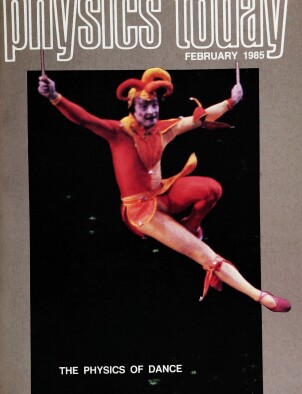Asteroids and Comets
DOI: 10.1063/1.880999
Asteroids that orbit the Sun in a belt between the orbits of Mars and Jupiter are well known. A few other asteroids cross Earth’s orbit, and, from time to time, one collides with our planet, as figure 1 so clearly indicates. What are they made of? How did they originate? We suspect that material much like the asteroids played a part in the origin of the solar system—can we see similar forces at work elsewhere?
This article is only available in PDF format
References
1. Theories of formation of stars and planets are described in the Protostars and Planets books, T. Gehrels, ed., 1978;
D. C. Black, M. S. Matthews, eds., 1985, U. of Ariz. P., Tucson.2. E. M. Shoemaker, J. G. Williams, E. F. Helin, R. F. Wolfe, in Asteroids, T. Gehrels, ed., U. of Ariz. P., Tucson (1979).
3. R. Ganapathy, Science 216, 885 (1982); https://doi.org/SCIEAS
W. Alvarez, F. Asaro, H. V. Michel, Science 216, 886 (1982).https://doi.org/SCIEAS4. L. W. Alvarez, W. Alvarez, F. Asaro, H. Michel, Science 208, 1095 (1980); https://doi.org/SCIEAS
R. Ganapathy, Science 209, 921 (1980).https://doi.org/SCIEAS5. C. Emiliani, E. B. Kraus, E. M. Shoemaker, Earth Planet. Sci. Letters 55, 317 (1981).
6. J. B. Pollack, O. B. Toon, T. P. Ackerman, C. P. McKay, Science 219, 287 (1983).https://doi.org/SCIEAS
7. D. A. Russell, R. Seguin, Syllogeus, No. 37, Nat. Museum of Natural Sciences, Ottawa (1982).
More about the Authors
Tom Gehrels. University of Arizona, Tucson.




